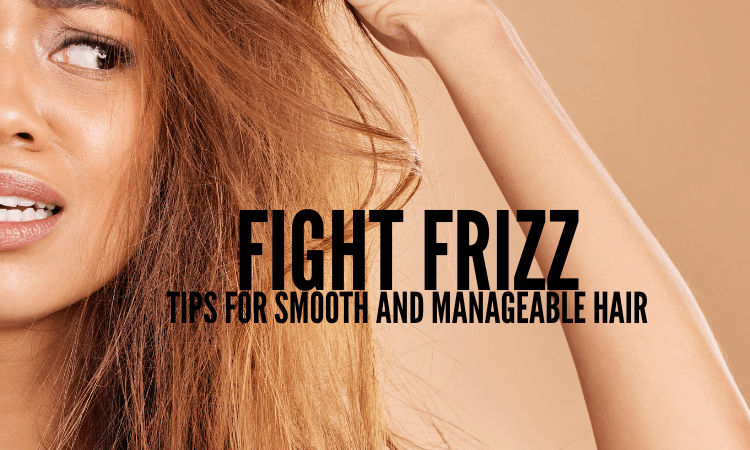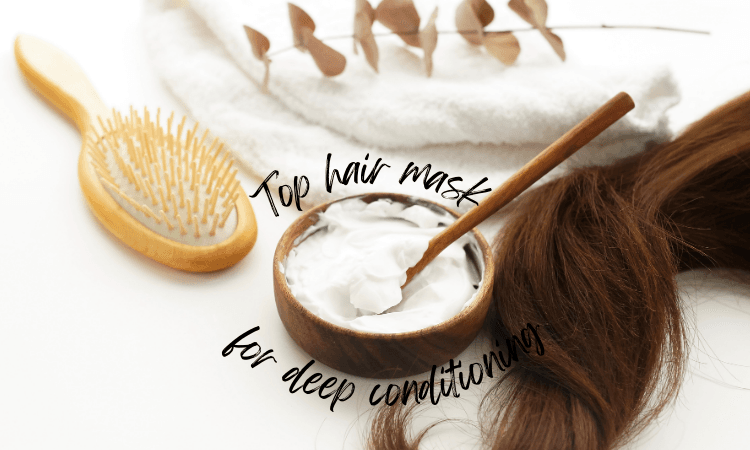Heat styling tools like flat irons, blow dryers, and curling wands are commonly used to achieve different hair styles. However, these tools can cause significant damage to your hair if not used properly. Consistent exposure to high temperatures can strip your hair of moisture, leading to dryness, frizz, and breakage. Heat protectants are essential products that create a barrier between your hair and the heat, reducing the risks of damage. These products are designed to protect your hair while maintaining its shine, texture, and overall health.
What Are Heat Protectants?
Heat protectants are specialized hair care products designed to shield your hair from the damaging effects of high heat. They work by coating the hair shaft and forming a protective layer that prevents moisture from evaporating during styling. This helps keep your hair hydrated, smooth, and manageable. There are different types of heat protectants, including sprays, oils, creams, and serums, each designed to offer varying levels of protection based on your hair type and the heat styling tool you’re using.
Types of Heat Protectants
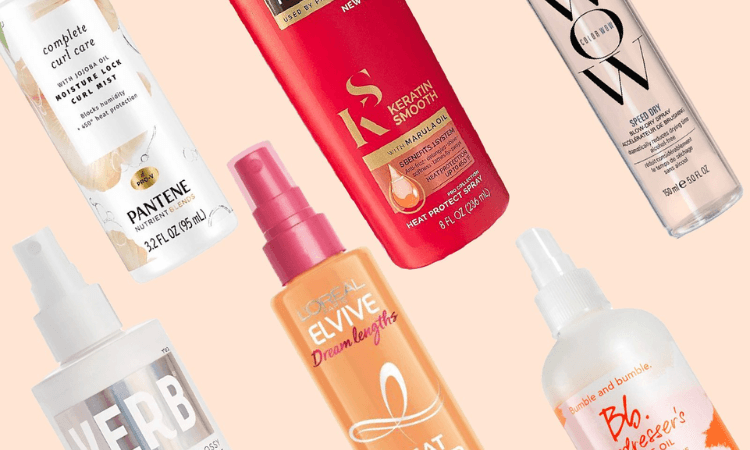
- Sprays
- Won’t weigh the hair down.
- Lightweight and ideal for fine or thin hair.
- Oils
- Provide extra moisture and shine.
- Richer in texture, perfect for dry, curly, or coarse hair.
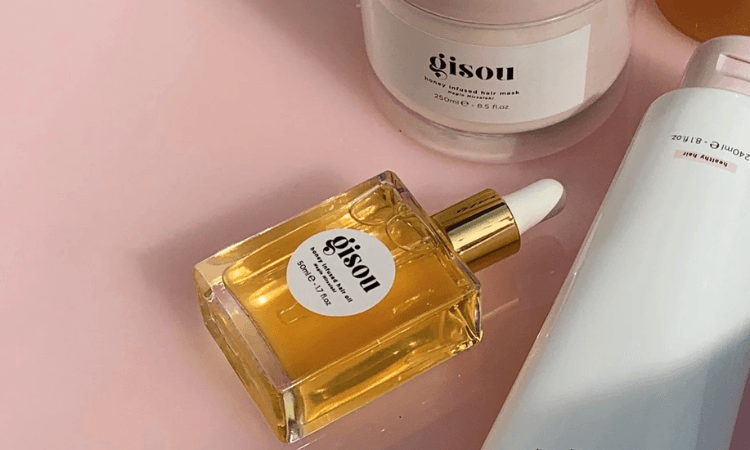
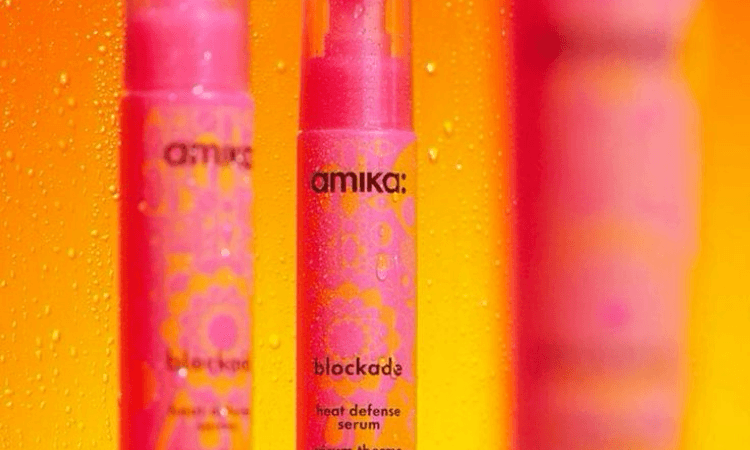
- Creams and Serums
- Offer substantial protection for intense styling.
- Thicker options suitable for thicker hair.
How Heat Damage Affects Hair
Frequent use of heat styling tools without protection can cause lasting damage to your hair. When exposed to high temperatures, hair can lose moisture, causing it to become brittle and prone to breakage. The hair cuticle may become rough and raised, leading to frizz and lackluster hair. Over time, the damage may become irreversible, leading to split ends and thinning hair. Applying heat protectants helps to reduce this risk by locking in moisture and providing a layer of defense against the heat.
The Long-Term Effects of Heat Damage
Long-term heat exposure without proper protection can have significant consequences for your hair. As the hair continues to dry out and lose moisture, it can become more prone to breakage and split ends. The hair may lose its natural shine and become more difficult to manage. Over time, this can lead to permanent damage, requiring more intensive treatments to restore the hair’s strength and appearance. Heat protectants can help mitigate these long-term effects and keep your hair looking healthy and vibrant.
Benefits of Using Heat Protectants
The main benefit of using heat protectants is the protection they provide against heat damage. By forming a barrier between your hair and the styling tool, they prevent moisture loss, breakage, and split ends. Additionally, heat protectants often contain nourishing ingredients that enhance the texture and shine of your hair. They can help reduce frizz and ensure that your hair remains smooth and manageable. Regular use of heat protectants also helps maintain the overall health and appearance of your hair in the long term.
Preventing Breakage and Split Ends
Heat styling can cause your hair to become dry and brittle, leading to breakage and split ends. Heat protectants help to prevent this by sealing moisture into the hair and providing a protective layer that shields the strands from the direct heat. This allows the hair to remain strong and intact even when exposed to high temperatures. For those who style their hair frequently, using a heat protectant is key to preventing damage and maintaining hair strength.
Enhancing Hair Texture and Shine
Many heat protectants are formulated with ingredients that add shine and smoothness to the hair. For instance, oils, silicones, and other conditioning agents work to improve the texture of your hair, making it look healthy and glossy. If you’re looking to style your hair without compromising its texture, using a heat protectant can be the solution. It provides an extra layer of shine, ensuring that your hair looks smooth, soft, and well-groomed after styling.
Reducing Frizz and Maintaining Moisture
Heat exposure can cause your hair to lose its natural moisture, leading to frizz and rough texture. Heat protectants help maintain hydration by locking in moisture and preventing it from evaporating during styling. As a result, your hair will be softer, shinier, and less prone to frizz. For those with curly or wavy hair, using a heat protectant can be especially beneficial in reducing frizz and keeping your curls defined and smooth.
How to Use Heat Protectants Correctly
To get the best results from a heat protectant, it’s essential to apply it correctly. Start by applying the protectant to damp, towel-dried hair. This allows the product to be absorbed more effectively. Make sure to apply an even amount from the roots to the tips of your hair, and comb through to ensure it is well-distributed. It’s important to apply the protectant before using any heat styling tool to ensure your hair gets the full benefit of the protection.
Applying Heat Protectants on Damp Hair
Heat protectants should be applied to damp hair for maximum effectiveness. After washing your hair, gently towel dry it to remove excess water, but leave it slightly damp. Then, spray or apply the heat protectant evenly to all sections of your hair. Make sure that every strand is coated before you begin styling. This will ensure that your hair is properly protected from the heat while remaining hydrated and smooth.
Choosing the Right Product for Your Hair Type
When selecting a heat protectant, it’s important to choose one that suits your specific hair type. Fine hair may benefit from a lightweight spray that won’t weigh it down, while thicker, coarser hair may need a heavier cream or oil to provide adequate protection. For dry or curly hair, look for a heat protectant that offers extra moisture and frizz control. Be sure to read the labels and ingredients to select a product that meets your needs.
Popular Heat Protectant Products
Here are some of the top-rated heat protectant products to consider:
- TRESemmé Thermal Creations Heat Tamer Spray
This heat protectant offers up to 450°F heat protection and works well for all hair types, leaving hair smooth and shiny. - CHI 44 Iron Guard Thermal Protection Spray
A lightweight spray that shields hair from heat up to 450°F while adding shine and reducing frizz. Ideal for fine to medium hair. - Moroccanoil Treatment Oil
A nourishing oil that helps protect hair from heat, adds shine, and hydrates dry or coarse hair. - Living Proof Restore Instant Protection Spray
Offers both heat protection and UV defense, perfect for color-treated or chemically processed hair. - Olaplex No.7 Bonding Oil
This oil helps protect against heat while repairing damaged hair, providing shine and smoothness to all hair types.
Common Mistakes to Avoid When Using Heat Protectants
While heat protectants are essential, there are some common mistakes people make when using them. These mistakes can reduce the effectiveness of the product and cause unwanted results, like greasy or damaged hair.
Overusing Heat Protectants
While heat protectants are essential, applying too much product can lead to unwanted buildup or greasy hair. A small amount is typically enough to protect your hair from the heat. Be sure to follow the directions and apply only as much as needed.
Skipping Certain Areas of the Hair
Many people forget to apply heat protectants to certain areas of their hair, such as the roots. For maximum protection, ensure that every section of your hair is evenly coated. This helps prevent damage to all parts of your hair and ensures consistency in the results.
Conclusion
Heat protectants are a must-have for anyone who regularly uses styling tools. They help protect your hair from heat damage, keeping it smooth, shiny, and healthy. By using the right product for your hair type and applying it correctly, you can enjoy the benefits of styling your hair without worrying about long-term damage.

